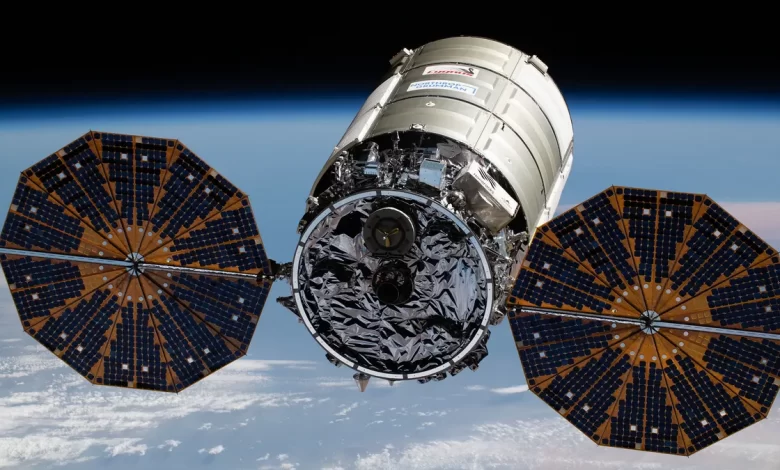What is Information Technology and How Does it Work?

Information technology (IT) is an umbrella term that refers to the use of digital technology to manage, store, retrieve, and distribute information. The field of IT has rapidly evolved over the past few decades, transforming the way we live and work. From smartphones to cloud computing, IT has impacted every aspect of our lives, making it an essential part of our daily routine.
At its core, information technology involves the use of hardware and software to process, store, and distribute data. It encompasses a wide range of technologies and tools, including computers, servers, networks, databases, programming languages, and applications. The goal of IT is to help organizations and individuals make better decisions by providing timely, accurate, and relevant information.
One of the key areas of IT is computer science. Computer science is the study of computers and computational systems. It includes the development of software, hardware, and algorithms that enable computers to perform various tasks. Computer science has enabled the development of a wide range of applications, from basic word processing programs to complex machine learning algorithms.
Another key area of IT is information systems. Information systems are a combination of hardware, software, and processes used to manage data and support decision-making. They include enterprise resource planning (ERP) systems, customer relationship management (CRM) systems, and supply chain management (SCM) systems. These systems are used by organizations to manage their operations, improve efficiency, and gain competitive advantage.
IT has also revolutionized the way we communicate. The rise of the internet and social media has enabled us to connect with people from all over the world in real-time. We can share information, collaborate on projects, and conduct business online. This has led to the development of new industries and business models, such as e-commerce and telecommuting.
The use of mobile devices has further enhanced our ability to access information and stay connected. Smartphones and tablets have become ubiquitous, and mobile apps have become an essential part of our daily lives. We can use apps to order food, book a ride, check our bank accounts, and monitor our health.
Cloud computing is another area of IT that has gained significant traction in recent years. Cloud computing refers to the delivery of computing services, including software, storage, and processing power, over the internet. Cloud computing has made it easier and more cost-effective for organizations to access and manage data. It has also enabled the development of new business models, such as software-as-a-service (SaaS) and platform-as-a-service (PaaS).
The field of IT is constantly evolving, and new technologies and applications are being developed all the time. Emerging technologies such as artificial intelligence (AI), blockchain, and the Internet of Things (IoT) have the potential to further transform the way we live and work. AI can help us make better decisions by analyzing vast amounts of data and identifying patterns. Blockchain can be used to create secure, decentralized systems for managing information. The IoT can enable us to connect everyday objects to the internet, creating a network of devices that can communicate with each other and share information.
In conclusion, information technology has become an essential part of our daily lives. It has transformed the way we live, work, and communicate, and has enabled the development of new industries and business models. IT will continue to evolve, and we can expect to see the development of new technologies and applications that will further enhance our ability to manage, store, and distribute information.




